SIFT is out now in North America!
+ Q&A about differences between UK + US version
No, your eyes are not deceiving you. It is not Sunday. It is, shockingly, a Tuesday! The reason I am landing in your inbox is because I want to tell you that my debut cookbook, SIFT, has just been released in the US and Canada *screams* (you can get a copy here or at your local bookshop!
I’m in the US right now, embarking on my book tour. I'm writing to you from Seattle, where I’ll be launching the book with my friend Kemi Dessert Bar with a special box at lunchtime today. I'll also give a talk at the book larder tonight, and then I’ll be at Coyle’s Bakeshop tomorrow (13th!) for Pain Suisse and Potato Danishes.
I’ll go to SF on Thursday 14th for a talk at Omnivore Books with Nichole of Kantine SF (there will be treats!) and then onto LA, where I’m doing a very special brunch collaboration and pastry counter selection at Botanica in Silver Lake, 16th and 17th - come by!
I finish up the West Coast with a talk at Now Serving with Nicole Rucker. The tour continues to New York and Minneapolis, but I’ll catch you up on that closer to the time.
Hang on… FIRST… Tell me more about SIFT!
I’d be delighted. WELCOME TO THE WORLD OF SIFT. My baking book has everything you need to learn to bake and feel confident in the kitchen.
Over 350 pages, I'll guide you through the fundamentals of baking and pastry through in-depth reference sections and well over 100 tried & tested recipes. We'll start by taking a journey through the ingredients that underpin great bakes - Flour, Sugar, Eggs, Fat - before delving into the techniques that bring our recipes to life - Texture, Colour, How Things Rise and, of course, a Technical Overview. It’s the reference book of my dreams with all the fun diagrams. I couldn’t be happier with the design, by Chris and Josh of Nueker.
The second half of the book is packed with recipes, divided into how long you have to bake: Whether you've got an afternoon, a day or a weekend, this book has something for you! The recipes are buildable, meaning you can hone your lamination skills in a simpler recipe before nailing cross-laminated galette des rois or perfect croissants. I’ve got you! The photography is by Sam A Harris, and the styling is by Holly Cochrane - they are just brilliant.
But what’s the difference between the US and UK version?
Well, I’m glad you asked! When SIFT was going to be published in the US, my publishers (hi Clarkson Potter love ya!) put the recipes through an Americanisation process to make sure all of the recipes would work. How did they do this? Enter Maria Zizka, a cookbook author and recipe developer, who looked after SIFT as it transformed from yellow to pink! I thought who better to tell you how it was done than Maria herself? Check my Q&A with her below!
Maria Zizka Q&A about Americanizing SIFT!
How did you get into americanizing books? I didn't even know it was a job before meeting you! I am fascinated.
Maria: I didn't know it was a job for most of my life either! I grew up in the San Francisco Bay Area, but my dad was born in Prague and, when I was a graduate student, I lived in Italy, so I learned both the metric and imperial (cups, inches, etc.) systems of measurement. A wonderful editor named Michael Szczerban had acquired the rights to publish an American edition of a cookbook by Itamar Srulovich and Sarit Packer of Honey & Co., and Mike took a chance on me because he thought I might be good at the job of Americanizing. That was my first official Americanizing project. (Thank you, Mike!)
Then, years later, I got a call from a different editor who had just published a cookbook by a very famous British author. This editor was in a pickle: the Americanized recipes weren't working properly. Everything was coming out a little burned. She gave me all the versions—original drafts in metric, edited recipes, Americanization adjustments, snapshots from testing, all of it—and she asked me to figure out what went wrong. I puzzled out the issues and then was immediately hired to re-Americanize the book as fast as I possibly could. I remember it was right before Christmas and I felt like I opened a bakery; every day I was assembling like seven different layer cakes. I called all my friends and told them they needed to come over to my apartment and they couldn't leave without taking home at least three cakes haha.
Ever since I fixed that book, I've worked on all subsequent books by that very famous British author, and editors have kindly shared my name and recommended my work to one another. These days, I'm honored to get to work on lots of different Americanization projects, including your brilliant book, Sift!
What is your approach to Americanizing British books, and how do you decide which elements need adapting?
Maria: Ingredients differ significantly between America and Britain. Ovens do, too. I don't know how nerdy you want me to get, but just as one example: in the UK, a medium egg in the shell weighs between 53 g and 63 g. That's equivalent to what's sold as "large" eggs in the US, which are technically between 56 g and 63 g.
Also, here in the US, we are not as blessed as you are in the UK with your selection of creams at the grocery store. We just have the one that's often sold as "heavy cream," whereas you've got single cream, pouring cream, whipping cream, double cream, clotted cream, the list goes on! When a recipe has an ingredient that isn't available in America, we need to adjust and then test to make sure the sub works. Of course, in our modern era with the internet, one could always order a specialty ingredient online and have it shipped directly to their home. So that opens up a whole other discussion about when to offer substitutions and when to suggest alternatives and when it really does matter to an author that the British ingredient is used. Finding where the line is between making a recipe more accessible and deviating too far from the original is really important.
When americanizing books, how do you balance keeping an author's style while making the book accessible?
Maria: I try my best to use a super light hand when Americanizing. It's a funny thing: the work is done well if a reader doesn't notice it! I want to stay true to the author's text. Of course, there are many adjustments made, but I always offer any edits as my suggestions. Sometimes I am more persuasive than other times, like "I strongly recommend this" versus "you might consider revising that."
My first goal is to thoroughly understand the heart and soul of the text. With Sift for example, it was clear that precision was important. You had taken care to give every ingredient measurement by weight, even something like 1/4 teaspoon of salt. So I sought to match that care and attention in the Americanization. Generally, we would only list an imperial conversion for an ingredient that's 1/4 cup or greater (i.e., the original metric amount stays and we add the converted imperial amount). Teaspoons and tablespoons are the same in the US and the UK and New Zealand (although this isn't true in Australia, where one tablespoon equals 4 teaspoons, but that's probably more detail than you care to know!)
But anyway, for Sift, I voted for keeping all the metric measurements, including the tiniest amounts like 1/4 teaspoon. Your book is the first time I've done that. My hope is that the American edition is additive, that we've included imperial conversions to make the text more accessible to readers across the US without losing any of the precision that the metric brings.
Were there any ingredients or techniques that posed unique challenges in translating a baking book?
For most Americanizations, we like to test every baking recipe in the book. UK ovens and US ovens are quite different—not to mention the differences in major baking ingredients like flour, eggs, and dairy—so everyone involved feels most assured when the baking recipes are replicated here in the US. Baking books are challenging because ALL the recipes would be good candidates for testing. But we are also on deadlines and there is never enough time, so the puzzle becomes which recipes do we absolutely need to test and which ones are similar enough to others that we can focus our attention elsewhere? There's also a standard size pan in the UK (20 x 30 cm) that just does not exist in the US. We need to scale up or down a bake to fit in one of our standard sizes and that can be tricky.
In your opinion, what are some of the biggest culinary differences between the US and UK?
Maria: I have found that traditional UK recipes for baked goods sometimes don't have enough salt in them. This was not an issue at all with Sift! I was delighted when I tasted the first few bakes and everything was seasoned properly. I suppose it's counterintuitive but salt is so important as a balance for sweetness, and I think people can forget that desserts need salt too. Occasionally a British author will include a recipe for a classic American dish like chocolate chip cookies or brownies and that can be a tough hurdle to clear because American readers have a solid idea of how that dish should taste and most aren't open to alternative interpretations.
Did you come across any very British baking terms that don't exist in the US?
Maria: I keep a running list of "British-isms" for reference during Americanization projects -- what you call mangetout, we call snow peas; your kitchen paper is our paper towels. One of my all-time favorites is the British word faff. For any US readers who might be unfamiliar, faff means ineffectual effort. A great word to incorporate into one's vocabulary! Most of the time, the British word or phrase is more charming to me than the American. ("Hotchpotch" just sounds nicer than "hodgepodge," for example). But there is one British word that has stumped me for years... Maybe one of the KP+ community can weigh in on the word moreish. Moreish means something is so delicious that you crave just one more bite. I've never been able to find a single word translation. Any ideas?
What’s the one ingredient swap you're gutted that Americans miss out on?
Maria: Thankfully many British ingredients are becoming more widely available in America. Golden syrup is stocked at my local grocery store now! But there is one ingredient that you really do need to special order: stem ginger. For my American friends, this is kind of like candied ginger that comes in a jar of ginger syrup. The syrup is often used in recipes and I think it's so cool when all parts of the ingredient are utilized like that.
Which British dessert (in SIFT or otherwise...) would you love to see become an American classic?
Maria: In Sift, the Passionfruit Posset Flower Tarts are gorgeous. I don't see much posset on restaurant menus in America and I wish I did. It's so light and refreshing, which is a lovely quality in a dessert. Also crumpets! We've got English muffins, of course, but there's something special about real deal crumpets in the UK.
One last thing! This talk of Americanizing cookbooks always begs the question: for something as precise as baking, why do we include the imperial measurements like cups at all? And I get it, most readers who are avid home bakers probably own a kitchen scale and are comfortable using it. But I will say, on behalf of my fellow Americans who still appreciate cups, that there's something really human about the cup measurement. We can relate our bodies to it, kind of like we know intuitively how much a handful of something is. Inches and feet are the same way for me. I know that my actual foot is approximately the same size as one foot. I know that my thumb nail is exactly half an inch and the line where my thumb knuckle bends is one inch. This can be very useful when baking! I like using my body in this way when I cook, and so I do feel a certain fondness for those measurements in recipes.
Thank you Maria (check out her instagram now and all of her wonderful books!)!
And to you, reader - thank you for being here! I hope you love SIFT as much as I loved writing it for you.


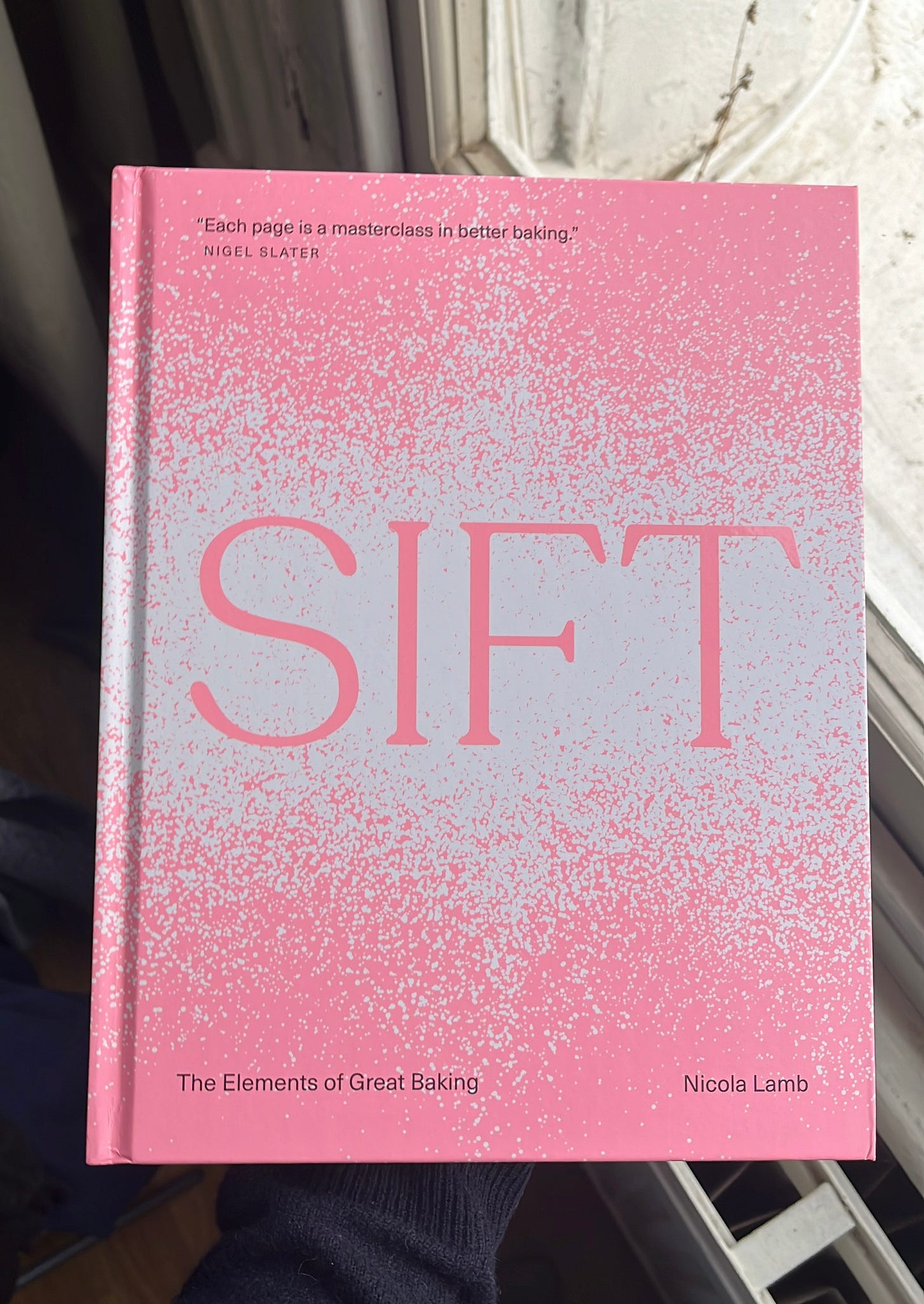

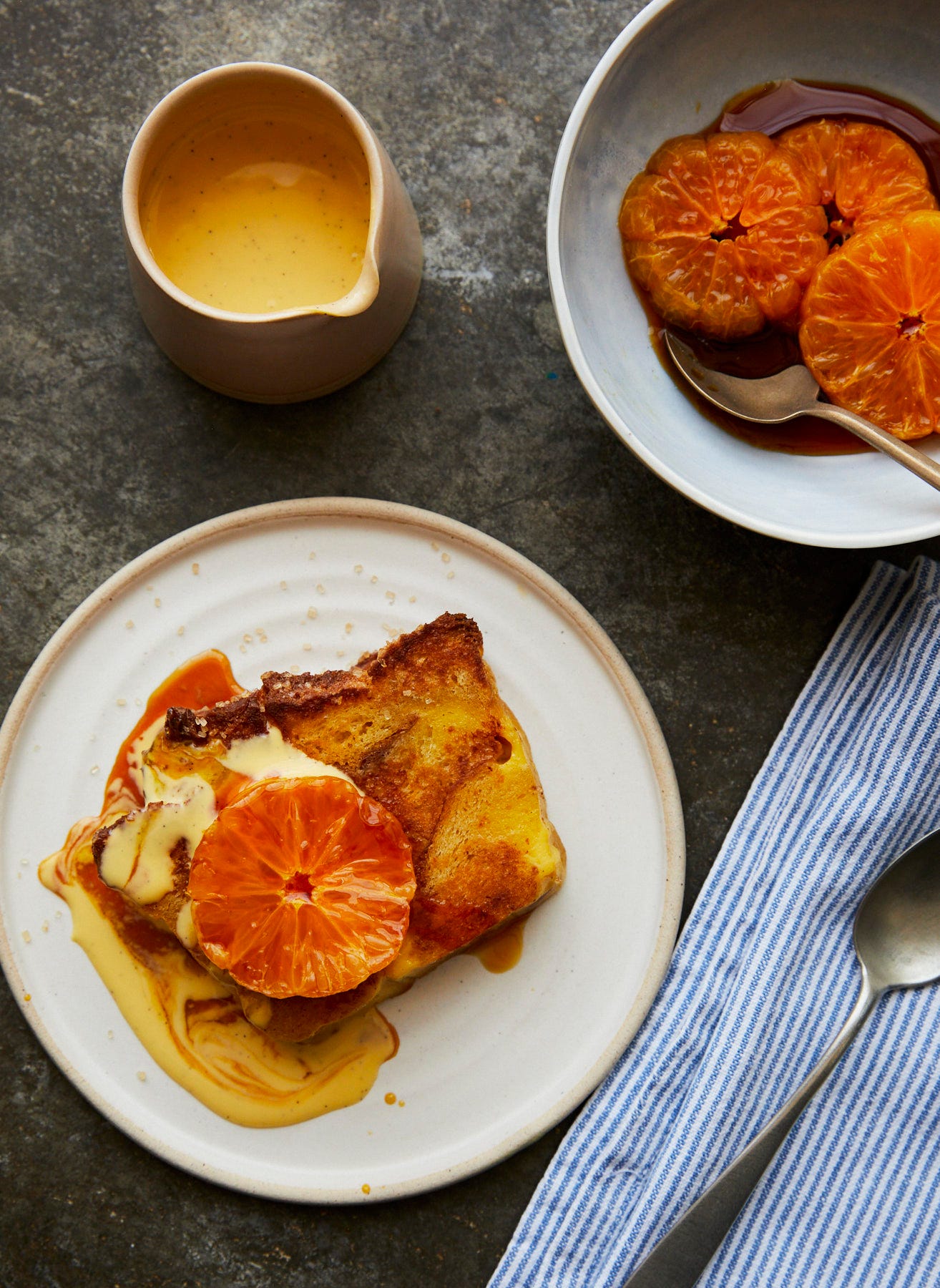
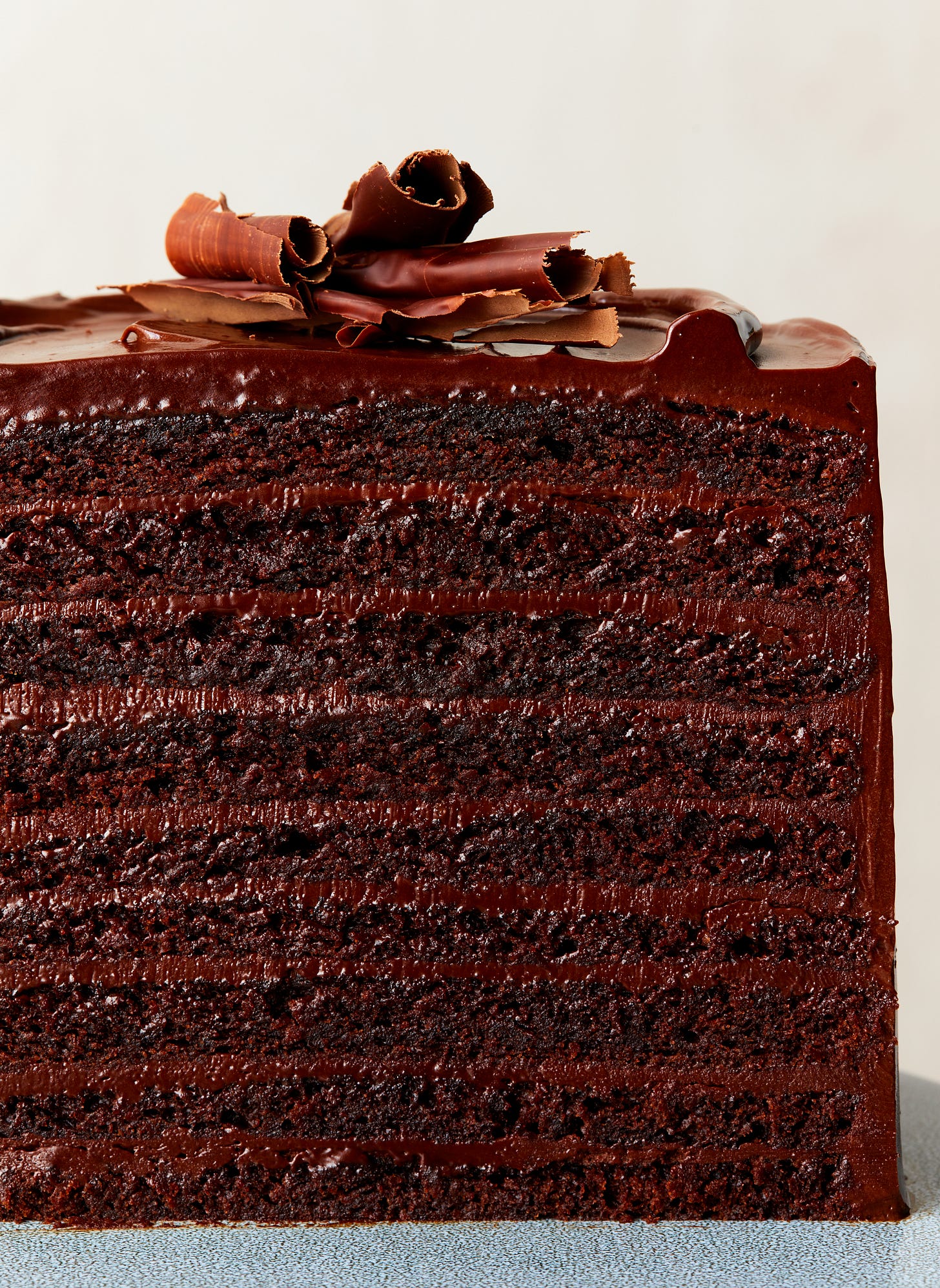
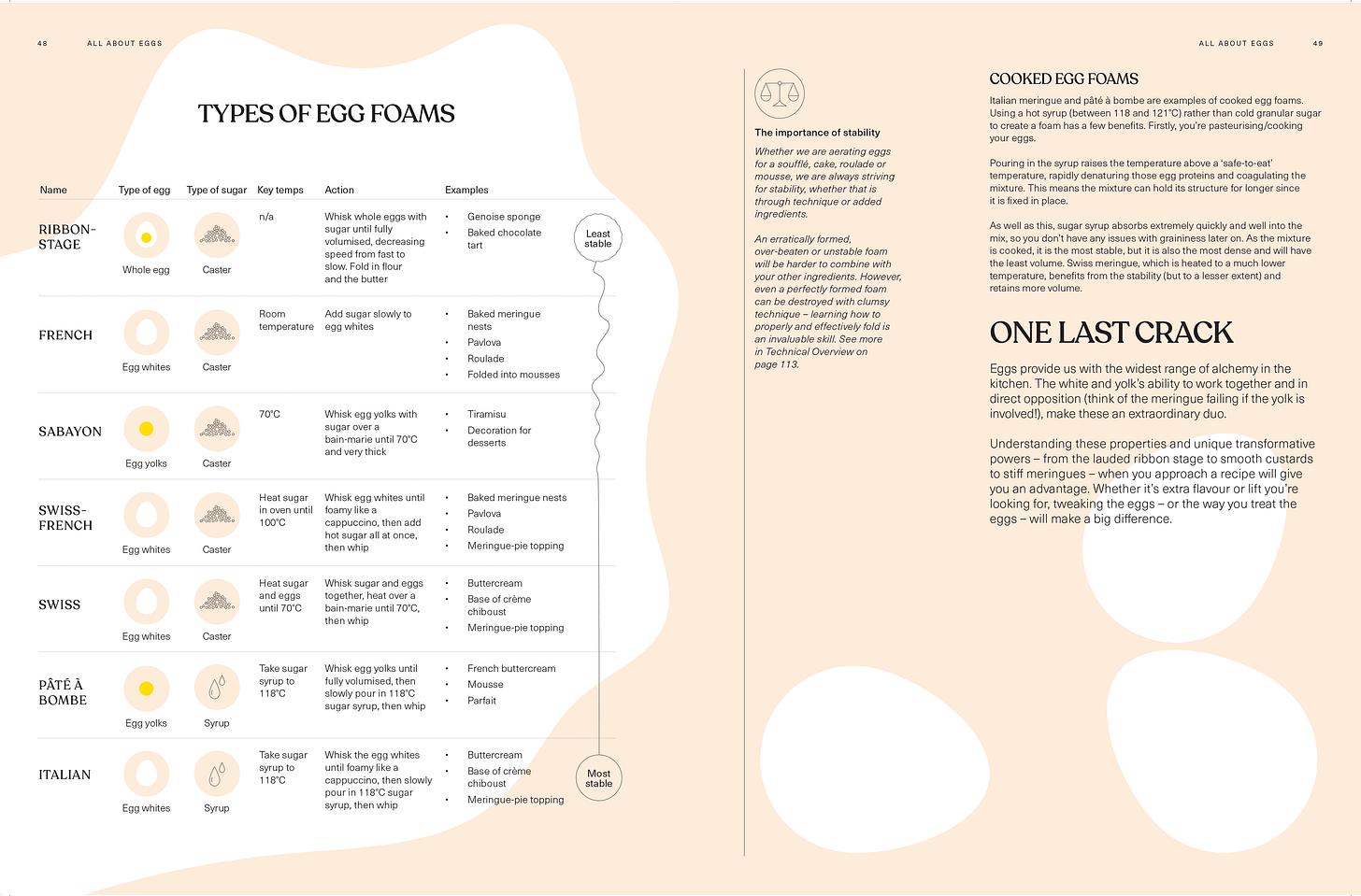
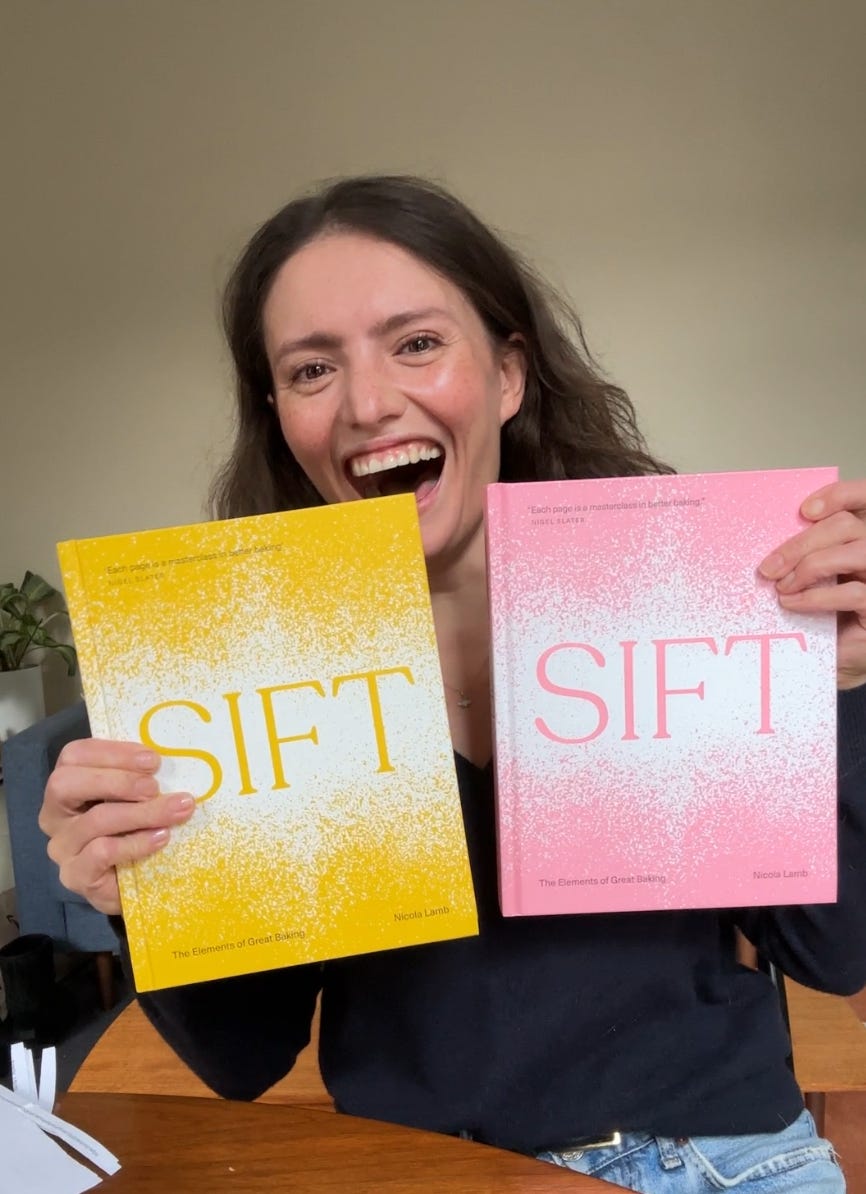

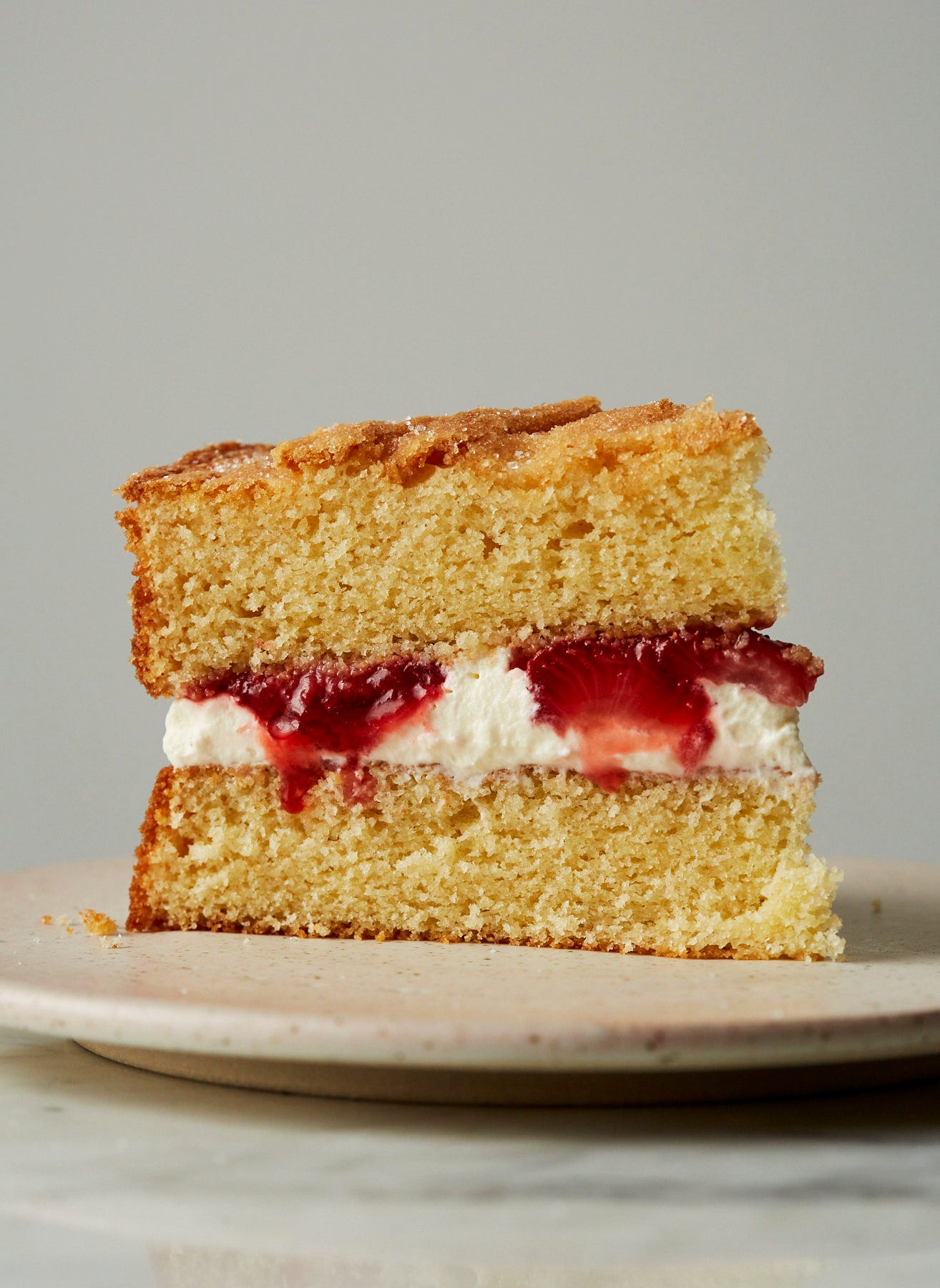

No.. "..although this isn't true in Australia, where one tablespoon equals 4 teaspoons, but that's probably more detail than you care to know!)" - this isn't more detail than I care to know, this is the EXACT information I need to know! I'm Australian and have 2 sets of measuring spoons/cups that are very different from one-another and it stresses me out. Thank you Nicola <3
Powell’s in Portland, OR has delivered me mine!!